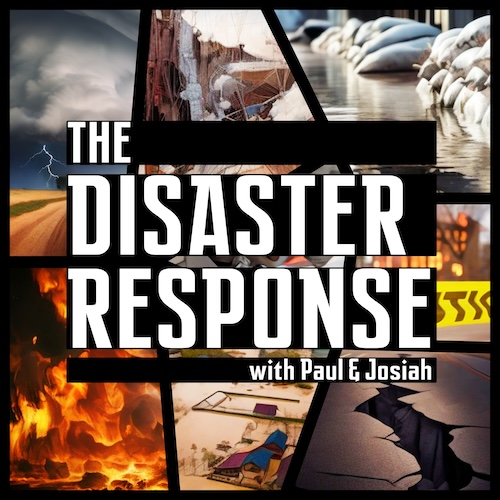- What caused the brain to cool rapidly enough to turn to glass?
- The hottest temperatures would have been caused by pyroclastic surges that superheated the air to up to 500 degrees Celsius. Once the surge passed, the air temperature would have cooled. Subsequent pyroclastic surges were at lower temperatures, but the rapid cooling would have probably taken place immediately after the passage of the hotter surge.
- From the article describing the presence of neurons in the vitrified brain, “Stratigraphy and paleotemperature determinations show that pyroclastic surges and flows reached the town with discrete pulses. Early arrivals severely damaged buildings and were mixed with debris and surface water, leading to highly variable local conditions of emplacement temperatures up to ca 500°C, while later pyroclastic flow deposits buried the town at lower temperatures, on average at about 350°C.” (https://journals.plos.org/plosone/article?id=10.1371/journal.pone.0240017#sec002)
- Did Pliny the Elder not see the ash plume before napping?
- Here is the quote that we were referencing: “My uncle, in order to allay the fear of his companions, kept declaring that the country people in their terror had left their fires burning, and that the conflagration they saw arose from the blazing and empty villas. Then he betook himself to rest and enjoyed a very deep sleep, for his breathing, which, owing to his bulk, was rather heavy and loud, was heard by those who were waiting at the door of his chamber.” (https://www.attalus.org/old/pliny6.html#16)
- He knew that there was a disaster underway, because he was in the process of sailing to rescue people, so he probably did see the ash plume. Pliny the Elder was attempting to reassure them that the fires they were seeing were caused by people leaving lit fires in their homes as they fled, rather than something being caused by the erupting volcano. It’s unclear whether his men were afraid that their ship was in danger, or if they were fearful for friends or loved ones living in the affected area, or if Pliny the Elder was just trying to assure them that the disaster was not as bad as it seemed.
- How bad was that volcano in Hawaii?
- The Hawaiian volcano mentioned in this episode is Kilauea, referencing eruptions in 2018 (for which they had more notice) and 2023 (for which they had an hour’s notice). . The 2018 eruption involved “large lava flows cover(ing) land southeast of the park destroying over 700 homes and devastating residential areas in the Puna District”, and dramatically changed the physical landscape. The 2023 eruption saw “fountains [of lava] that roared 164 feet (50 meters) into the air. Lava flows inundated the crater floor within hours and filled a 277-acre (112 hectares) area; roughly the size of 240 American football fields”.
- Kilauea is on the big island of Hawaii. The article I read noted that for some volcanoes, there are clear physical changes like bulges that can predict eruptions, but this particular volcano doesn’t really go through many changes in physical appearance, so one of the few prediction tools we have isn’t effective in that instance. The main point is that volcanoes are really finicky and difficult to predict and they can change their behavior without good explanation.

Leave a Reply